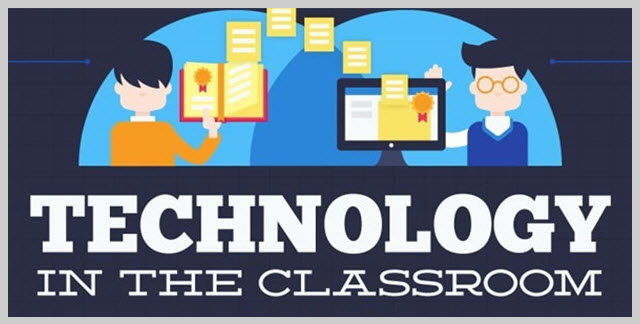Technology In Classroom - Remix by Gustavo Caprioli
Esercizio di remix

tech_in_classroom_college_edition
Sail through the 21st century
As we sail through the 21st century, technology in the classroom is becoming more and more predominant. Tablets are replacing our textbooks, and we can research just about anything that we want to on our smartphones. Social media has become commonplace, and the way we use technology has completely transformed the way we live or lives. The impact that technology has had on today’s schools has been quite significant. This widespread adoption of technology with advent of latest operating systems such as windows 10, MAC OS & other useful tools and software such as driver restore, has completely how teachers teach and students learn.
Technology has revolutionized the way we think, work, and play. Technology, when integrated into the curriculum, revolutionizes the learning process. More and more studies show that technology integration in the curriculum improves students' learning processes and outcomes. Teachers who recognize computers as problem-solving tools change the way they teach. They move from a behavioral approach to a more constructivist approach. Technology and interactive multimedia are more conducive to project-based learning. Students are engaged in their learning using these powerful tools, and can become creators and critics instead of just consumers.
Integrating technology into classroom instruction means more than teaching basic computer skills and software programs in a separate computer class. Effective tech integration must happen across the curriculum in ways that research shows deepen and enhance the learning process. In particular, it must support four key components of learning: active engagement, participation in groups, frequent interaction and feedback, and connection to real-world experts. Effective technology integration is achieved when the use of technology is routine and transparent and when technology supports curricular goals.
The myriad resources of the online world also provide each classroom with more interesting, diverse, and current learning materials. The Web connects students to experts in the real world and provides numerous opportunities for expressing understanding through images, sound, and text.